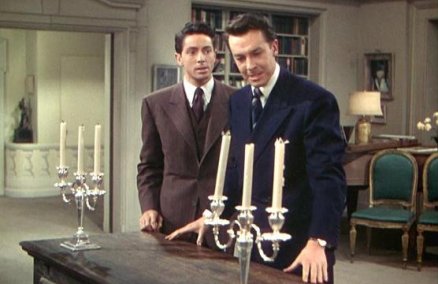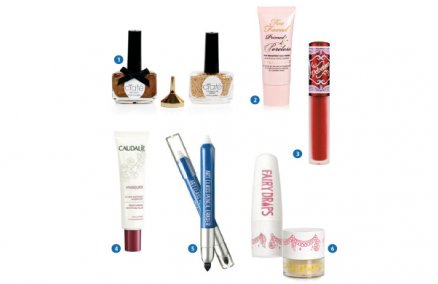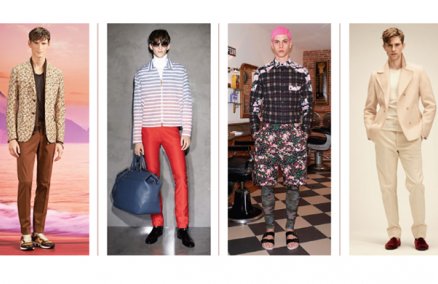The World’s Fastest Indian may be successful Australian director Roger Donaldson’s most personal film to date. That is, after you consider the illustrious director’s previous pick of eclectic flicks such as the Tom Cruise romance Cocktail (1988), sexy thrillers No Way Out (1987) and The Getaway (1994), even sexier sci-fi thriller Species (1995), and the political and critically acclaimed Thirteen Days (2000). The World’s Fastest Indian tells the story of New Zealander Burt Munro, who competed in Utah’s legendary Bonneville Flats race in 1967 at record speeding time. It teams Donaldson with Oscar-winning actor Sir Anthony Hopkins, whom the former had previously worked with in the film The Bounty way back in 1984. Donaldson, currently residing in Los Angeles, tells us why making a film about one of his personal heroes is so important to him.
Why The World’s Fastest Indian after the slew of bigger budgeted Hollywood films such as The Recruit (2003) and Dante’s Peak (1997)?
It’s one of my truest stories yet. In my 20s, I made a documentary about the life of Burt Munro, and it’s one that’s stuck with me all these years. His story is one that I can draw parallels to my life with—his obsessive nature and his love for both women and motorbikes. I mean, I love automobiles too, and my obsession with film is one that started a long time ago. The story also talks about the philosophies of life, and the prospects of growing old. It talks about all things that I value in life, basically.
It’s certainly one of your smaller and more personal films yet …
It’s good to make a film with a wonderful sense of humor, and one with a real personality. I mean, I like to make different types of movies—from sci-fis to epics, etc. I’m even exploring the prospects of making one using high definition video camera right now, and reading lots of scripts.
How do you choose your projects?
I like different genres, and I choose projects that I can best challenge myself with. But I don’t have a personal favorite. It’s like asking me to choose one of my favorite children out of my eight. The different films that I’ve done have been memorable for various reasons. The most important thing is in the creative process of making the films, really. Of course, the end product is important too, but the experiences making them is what I cherish most.
This film teams you up with Anthony Hopkins again after The Bounty. Were the rumors surrounding the tiff between you and Hopkins back then true?
(Laughs) Yes, they were true. The first time we worked together, it was extremely painful, but this time around, it’s a love fest! But you have to understand that the working conditions during The Bounty were rather demanding, especially since we shot the film in the tropics.
Are you surprised by all the positive reactions to The World’s Fastest Indian?
In a way, yeah. I didn’t set out to make a crowd-pleasing film. Even one of my daughters who saw the film enjoyed it, and said “Daddy, that’s you on screen!” She’s talking about the similarities between me and Burt Munro, of course. I have had lots of people writing to me about the film, more than any other film that I’ve directed—from old friends who’ve come out of the woodwork to various people from different age groups. So yeah, it’s been quite surprising.
Advertisement













































